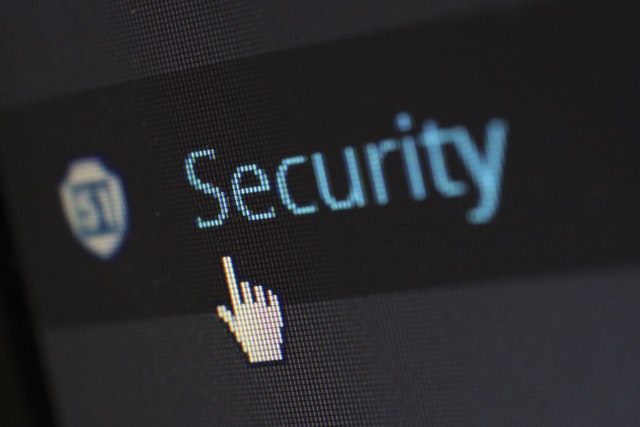One of the gravest threats to small business owners is the prospect of a cyberattack. According to the FBI, cybercrime cost the U.S. economy $6.9 billion last year alone. For small startups in a struggling economy, the effects can be disastrous. Fortunately, there are a few simple steps that any business owner can take to stave off cybercrime. Here are six ways to stay safe.

Prioritize Cloud Security
Due to advancements in automation, many critical business processes are facilitated by digital tools. For example, sales prospecting often involves automated systems like customer relationship management software. Much of this technology relies on distributed computing in the cloud. Choosing the right cloud provider is vital to preventing breaches. Always check the company’s standards and certifications. Check their data governance and security policies as well as their service roadmap. Make sure you’re getting what you paid for in terms of safety.
Upgrade Physical Security Measures
Not all data breaches happen online. Lapses in physical security play an outsized role in corporate breaches. One tactic used by cybercriminals is called “dumpster diving.” Discarded invoices, passcodes, and financial paperwork provide hackers with a wealth of identity information. Always secure the building after hours. Check the identification of any maintenance crews and limit access to sensitive areas. Never discard any documents without shredding them first. If possible, upgrade to biometric security systems and encrypted hard drives. Make theft as inconvenient as possible.
Defend Against Ransomware
One of the most dangerous emerging cybersecurity threats is ransomware. Ransomware is malicious software that allows criminals to hijack your system and request money in exchange for relinquishing control. Ransomware is often delivered via email attachments or even voicemail, so never click on unfamiliar links. Firewall systems can filter email traffic, so installing one can reduce your ransomware risk. Remote work amplifies the danger since workers sometimes use personal devices for business. Establish a robust endpoint security protocol by insisting that everyone in your workforce adhere to the same cybersecurity standards.
Teach Employees to Recognize Scams
Security company Tessian’s 2022 Psychology of Human Error report found a shocking statistic: 43% of workers admitted to making security errors at work. Rushing to meet deadlines, personal pride, and especially distraction play a role in this phenomenon. The solution is constant training. Security protocol has to become second nature. Workers should be able to tell a fraudulent URL from a legitimate one. They should know not to take anyone’s claims at face value over the phone. Above all, employees must feel safe in admitting to honest mistakes. We’re all only human.
Have Strong Authentication Standards
The concept of “zero-trust” security architecture has been around for a while now. It’s a recognition of the fact that cybercrime is unlimited by geography. Anyone who accesses your network must be treated as a threat until proven otherwise. Determining user legitimacy means confirming credentials. Multifactor authentication (MFA) is a necessary tool for implementing zero-trust security.
Limiting user access to the minimum needed to accomplish a given task is another prudent step. Keeping access minimal prevents what security professionals call “lateral movement,” meaning the ability of a hacker to move from one part of a network to another. Every added layer of security puts a barrier between your company and cybercriminals.
Use Better Passwords
A surprisingly simple thing everyone can do to improve security is to create stronger passwords. Recent research showed that about 30% of security breaches originated from weak passwords. The solution is straightforward: Make passwords harder to guess. According to the website Security.org, a good password consists of uppercase and lowercase letters, numbers, and symbols. Ideally, the password should be 12 characters or more. Eight characters are the absolute minimum for an effective password. It may feel inconvenient, but if a password is challenging for a legitimate user to remember, it will be equally difficult for a cybercriminal to break.
Cybercrime only seems like an impossible challenge to overcome. Staying aware of the threats and their countermeasures is the most effective way to keep your company safe and prosperous.


Leave a Reply